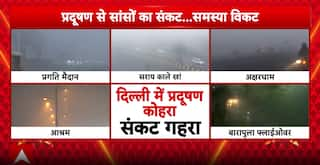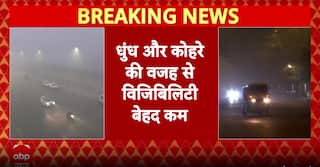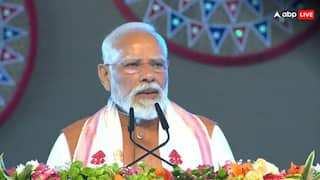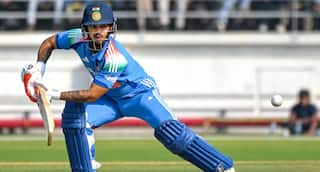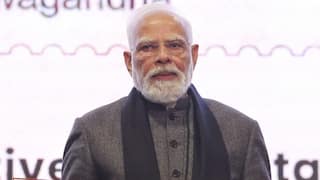Explorer
Heart of the matter: NDA Govt slashes stent prices

Image: Representational/Courtesy-Wikipedia
It’s normally the case that when the Government intervenes in private matters, it causes the heart to stand still. But when the intervention seeks to help the heart beat without pain, or with less pain, it must be welcomed. The Union Government recently fixed the prices of stents, small caged wires that are used to unclog arteries and prevent heart attacks. The underlying aim behind this much-needed decision was to prevent fleecing of patients.
The stent business, which is over Rs 3,000 crore in India, with about 20 manufacturers, both foreign and domestic, had been a thriving business with arbitrary prices for this life-saving device. This massive under-the-radar business came to light last year when the Delhi High Court ordered the Department of Pharmaceuticals to fix and label the maximum retail price of all kinds of cardiac stents sold in the country. Earlier, the Health Ministry too had advocated for the inclusion of stents in the National List of Essential Medicines in July last year.
The National Pharmaceutical Pricing Authority's (NPPA) subsequent efforts to cap the prices of stents is commendable. It has asked the stent makers to disclose the price data of stents to finally slash it down by 85 per cent. Besides, to check further leakages, the Government is keeping a tight vigil on the hospitals and has made it clear that they will have to prepare separate bill for stents and not include its cost in the overall costs of the treatment. The impact of the Government’s decision will be widespread given the number of stent procedures in India has trebled over the last five years, according to the National Interventional Council registry of 2015.
From producing basic bare metal stents to drug eluting stents, we now even have absorbable stents — prices of these stents were, however, a subject matter of technological superiority. The drug eluding stents, for instance, used in 95 of the cases that need unclogging of arteries, ranged between Rs 24,000 and Rs 1,50,000 in private hospitals. In Government hospitals, they have been available for as low as Rs 60,000. On the other hand, the price of bioresorbable stent ranged between Rs 1.7 lakh to two lakh rupees. It appears that the pricing mechanism of the stent kept pace with the demand and technology, often rising to extortionate levels.
This is indeed a grim scenario and points towards a coordinated plan on the part of various players to loot the public. A number of factors were at play. First, the non-availability of the medical device in local pharmacies due to which the patients were rendered helpless as they could not compare the prices. Hence, they were compelled to become hostage to the whims of the hospitals.
Second, the lack of knowledge of the device itself. That Indians are mostly medically illiterate is well-known, and the doctors do not fail to milk the situation. Instead of offering to counsel, they invariably turn up to ask: Which device would you like to go for? Metal, drug eluting or bioresorbable? Of course, patients, who are at the mercy of guidance, take the final call which is guarded by an ill-conceived idea — the more expensive the better.
Third, the situation itself, which is an 'emergency'. Cardiac care is one area where nobody would want to take a risk or undertake a delay. It is the heart muscle that matters the most.
Starting from the manufacturer to the distributor to the hospitals and even doctors, all have been equally a part of this loot. From the manufacturers, the stents reached the distributors, who would then supply the device to hospitals and doctors directly. To achieve target sales, suppliers often incentivise the doctors as well as hospitals to make them choose one brand of stent over other competing brands. This apart, doctors are even offered material benefits like trips abroad, gifts such as cars, property etc.
What is all the more alarming is the current scenario where stent implantation has become customary. The following figures speak their own story. According to data from the World Health Organisation, in 2012, one in four Indians died of cardiovascular diseases. Another data from the National Informatics Centre said that of the 3.75 lakh angioplasties performed during 2014-15, at least 10 per cent of the patients, who were undergoing angioplasty, were below 40 years.
Further, maximum incidence and usage were seen in the age group 40 to 70 years (75 per cent) and 15 per cent above 70 years. Resultantly, there has been a sharp rise in the number of stents — from 4.5 lakh stents being used in 2014-2015, the number shot up by more than one lakh in 2015-2106. In view of the high prevalence of coronary diseases in the country (especially among those below the age of 40 years), to the extent of becoming a public health scare, the Government’s intervention cannot but be welcomed.
Now that two categories of stents most commonly used in medical procedures have been included in the National List of Essential Medicines (NLEM), the price of stents across the board in both Government and private hospitals are bound to fall. But the battle for the NPPA does not end here. It does not come as a surprise that the massive reduction of stent prices as a result of the Government order, has led the hospitals to find ways and means to maintain their profits. The cost of hospital rooms, medicines, surgery fees etc may see a sudden rise. The Government needs to keep a sharp eye.
Disclaimer: The opinions, beliefs and views expressed by the various authors and forum participants on this website are personal and do not reflect the opinions, beliefs and views of ABP News Network Pvt Ltd.
Follow Blog News on ABP Live for more latest stories and trending topics. Watch breaking news and top headlines online on ABP News LIVE TV
View More











